How to Hang a Cowhide Rug
How to Hang a Cowhide Rug
A cowhide rug is a fabulous addition to your house, be it adorning your living room, bedroom, or study. It’s eye-catching, gives a true feeling of luxury, and you’re guaranteed to have a unique design. Cow hides are like fingerprints: always one-of-a-kind!
When we think of the word ‘rug’ we always imagine it goes on the floor. And while cowhides are timeless floor pieces, it’s becoming increasingly popular to mount them as a wall or even a ceiling decoration.
So, how can you safely fix your new cowhide rug to the wall? We’re about to tell you all you need to know.

What’s the Best Way to Hang a Cowhide?
You have a number of different options when it comes to hanging your cowhide, including:
- Nailing
- Stapling
- Mounting the rug
- Using a casing
- Clamping rug hangers
- Velcro
- Double-sided tape
Let’s take a look at each of these ways, so you can decide on the best method for you!
Nailing your cowhide to the wall
You might be surprised at just how heavy a cowhide is, so while nailing isn’t the only option you have, it’s often the easiest and most effective, particularly if your wall is made from plasterboard or fiberboard.
You’ll want to measure your cowhide and ensure it will fit on your wall. Then, you’ll want to find someone to help you!
Find the center point of the hide and hammer in your first nail, then put nails in the outermost edges, spreading out the cowhide as far as you can in order to make sure there’s no bagging against the wall.
Don't worry if your cowhide rug is a little creased; over time the creases will disappear with the weight of the hanging, but be sure to spread the rug out as tightly as possible to avoid baggy areas.
Narrow-headed nails will easily blend into the hide, providing you hammer them in far enough. Don’t be scared to use too many nails, or to remove them if the hide starts buckling or sagging. You want it to sit flush against the wall for full effect.

Be aware of wiring! We can't stress this enough. Electrical and plumbing conduits are often fed behind walls so before you excitedly take a hammer and nails to your cowhide rug, make sure that you’ve fully checked you're clear and you won’t interrupt anything behind the wall, so as not going to get any nasty shocks of any kind!
Stapling the hide
Like nails, staples are an excellent, secure way to affix a cowhide to a wall. Follow the instructions above as though you were using nails, so start with a center staple to stabilize the rug, holding the folds carefully then smoothing the hide out and adding more staples.
Staples, like narrow-headed nails, will also be buried in the hide, and won’t stand out.
For ease of use, a staplegun is always a better choice. It’s much faster and will secure the hide more firmly. It’s also particularly effective if you’re hanging a heavy rug from the ceiling, as you won’t have to be standing on a ladder, hammering in nail after nail upside down!

Mounting the Rug
Rather than battling with heavy folds directly onto the wall, consider mounting the rug first to a sheet of wood, either with nails or adhesives, then cutting out the shape with a jigsaw or similar tool until the mounted rug can go on the wall.
It means the rug won’t fit flush on the wall, and yet it’s a great way to transport the wall-hanging for another place, be it another room of the house or another house completely.
Using a rug casing
Not all walls support nails and staples, and not everyone likes to puncture their hides, so it may be that you choose to case your rug first.
We’re not talking about a glass case, but rather it’s a piece of fabric that you sew onto the back of the rug, before feeding through a metal pole from which you’ll hang the rug.
It’s used less for cowhide rugs but for those with solid brick or stuccoed walls, this may be a better option.

Clamping Rug Hangers
In the same way that rug casings mean you don’t have to nail the cowhide to the wall, clamping hangings are fixed to the wall and the rug is hung from them.
This is once again a good idea when your wall doesn’t support nails or staples, but you will lose the flat, flush appearance of the cowhide against the wall so aesthetically, it’s not the most effective choice.
Velcro
This is a great way to hang a cowhide from the wall and particularly from your ceiling. It’s also worth considering if you live in a rented property, because your landlord will be less concerned about holes in the walls from all the nails.
You can choose either double-sided or single-sided, and the main difference isn’t so much the finish, but the amount of work for you.
Double-sided Velcro means cutting the pieces you want, peeling off the backing and sticking one onto the back of the rug, and the other onto the wall. It’s that simple.
Single-sided Velcro means that you'll have to sew one side onto the rug, as it won't have a sticky back. It takes more time, but the stitches add extra security to the hanging.
You may find that your rug won’t fit as snugly against the wall because you’ll have the bump of the Velcro underneath, but you can hide this effect by attaching the Velcro along the darker edges of the rug, where any bump would be less visible.
Double-Sided Tape
Another excellent choice, and similar to the Velcro idea in that it doesn’t require punching holes into walls.
Double-sided tape can be peeled off and stuck to the back of the rug, which then goes onto the wall.
It can give a more flushed effect, similar to that of the nails, because there’s no bump caused by two lots of Velcro, for example. For this reason, it’s a popular choice, particularly with those in rented housing or with walls that don’t take to nails very well.
Which Option Will You Go For?
With a little preparation and knowledge of the type of wall that’ll best support your cowhide rug, you’ll surely have a fabulous new feature on your wall or ceiling in no time!





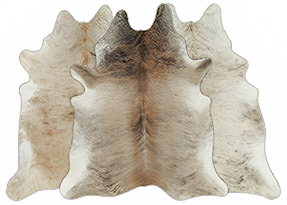
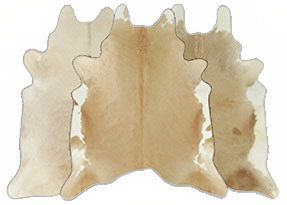
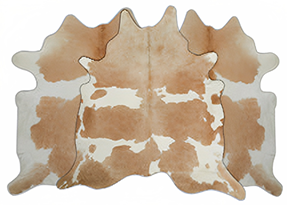
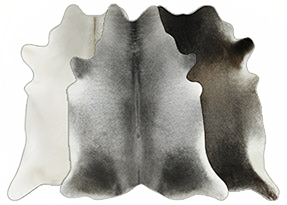
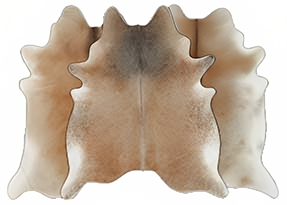
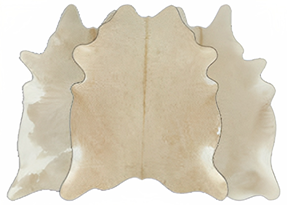
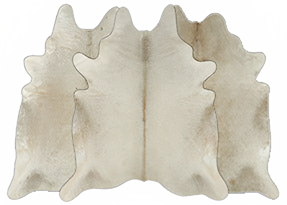
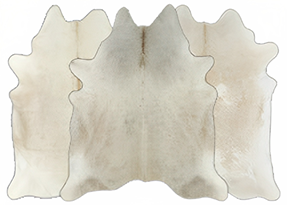
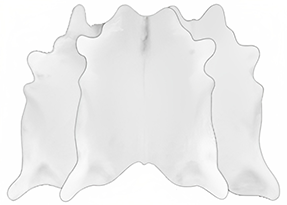
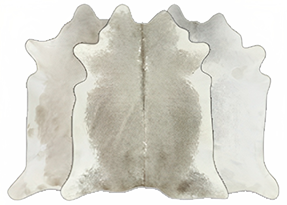
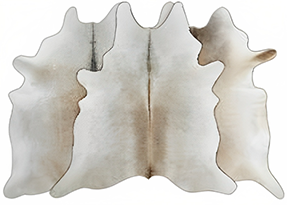
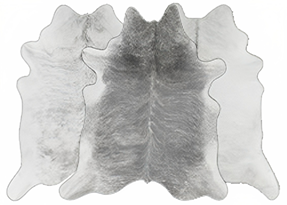
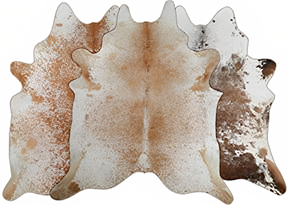
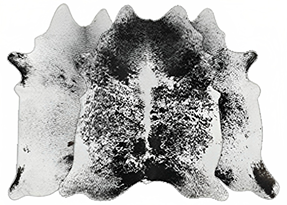
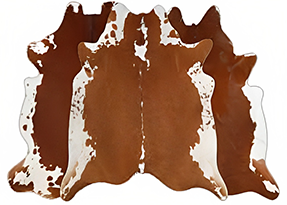
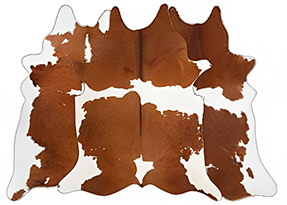
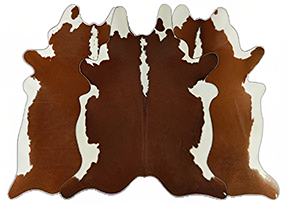
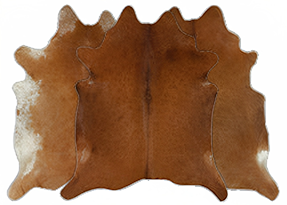
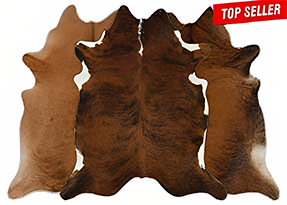
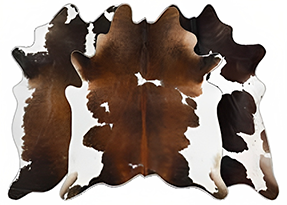
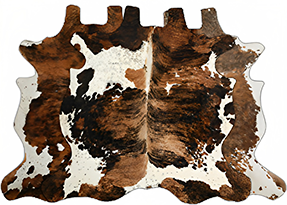
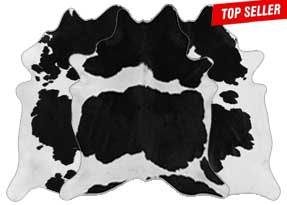

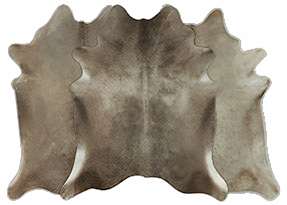
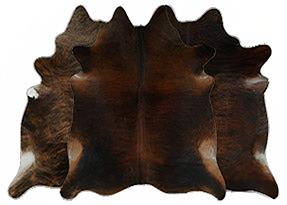
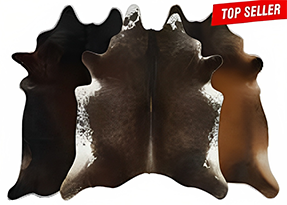
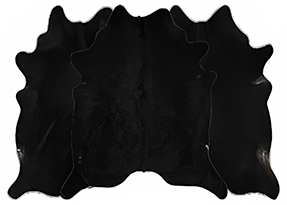
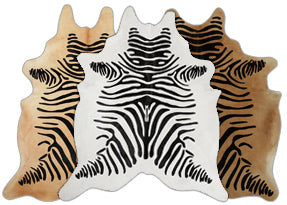
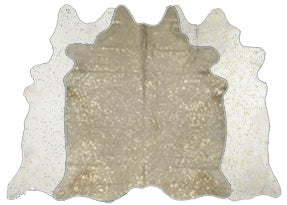
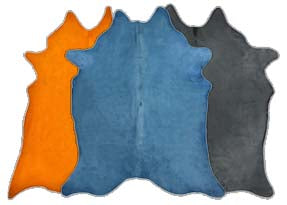
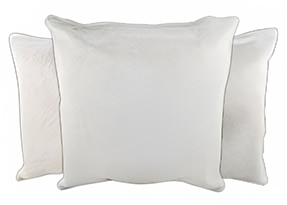
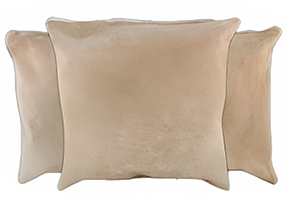
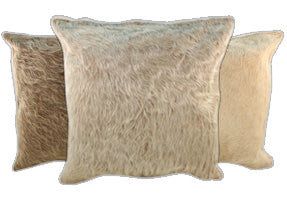
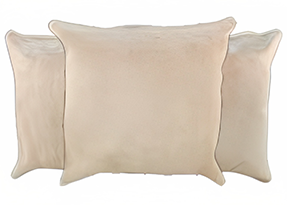
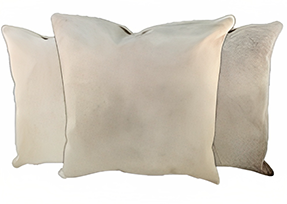
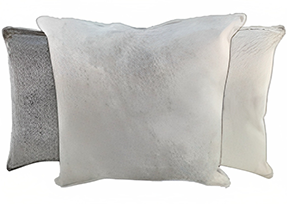
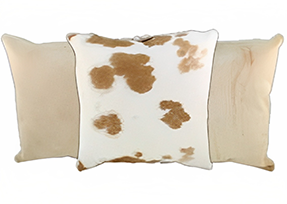
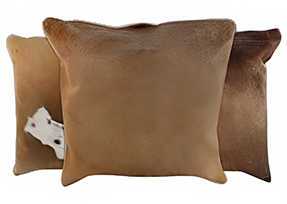
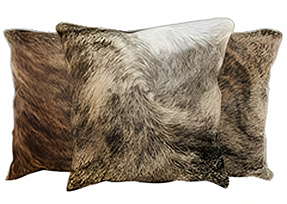
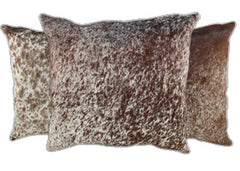
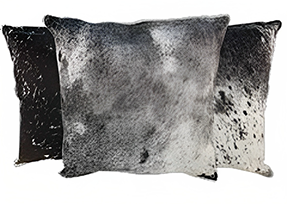
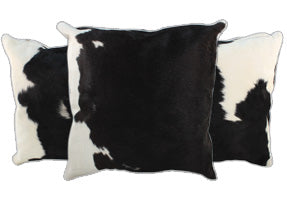
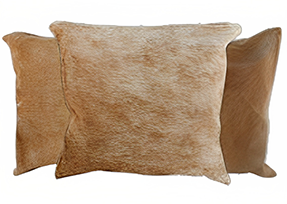
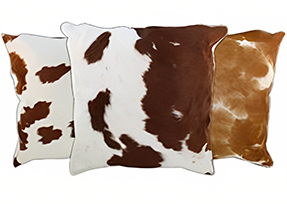
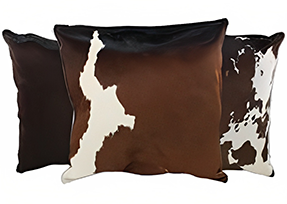
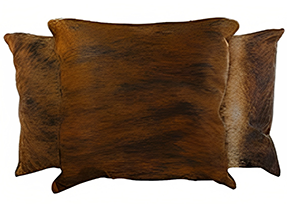
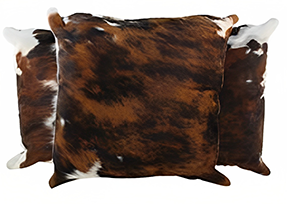
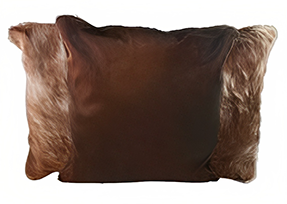
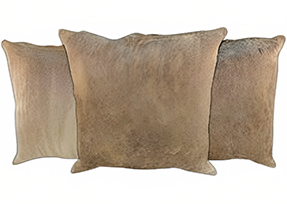
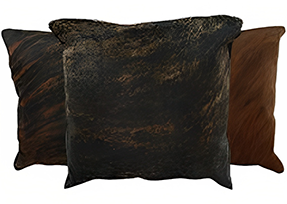
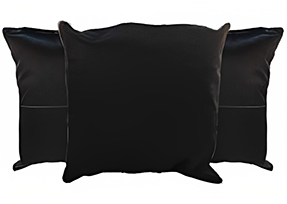
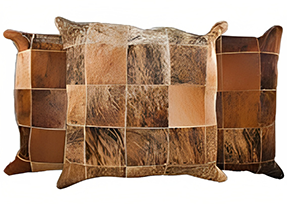
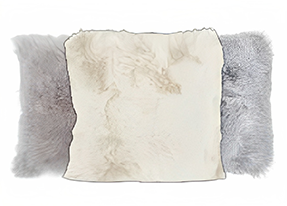

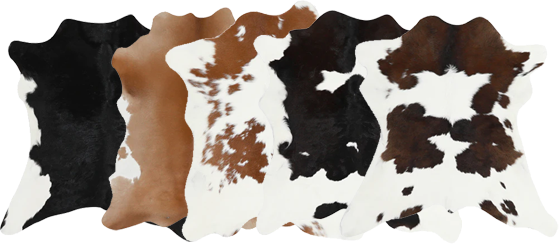
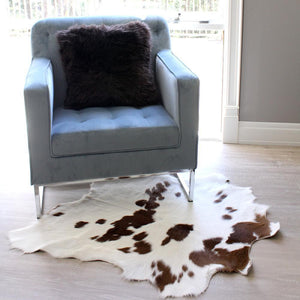
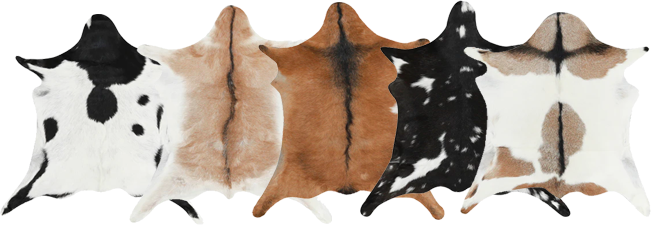
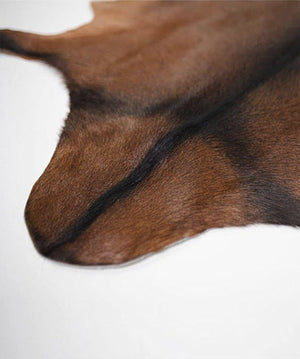
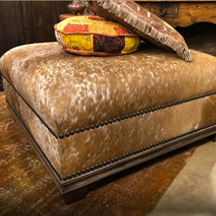
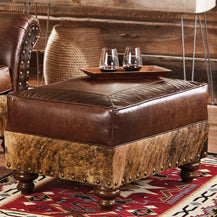
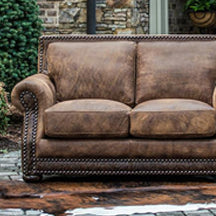
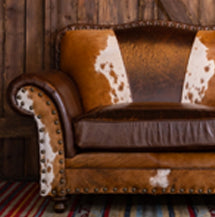
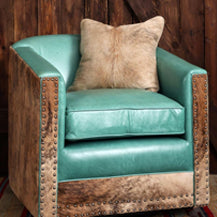
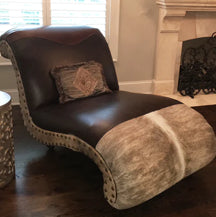
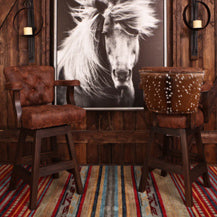

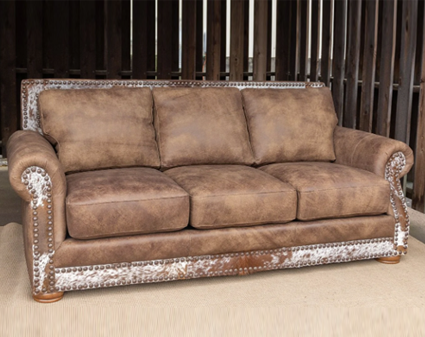
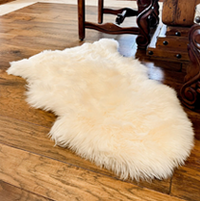
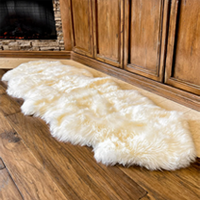
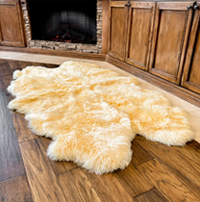
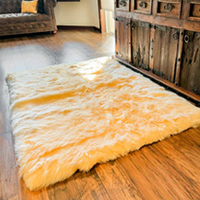
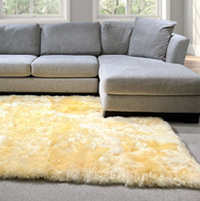
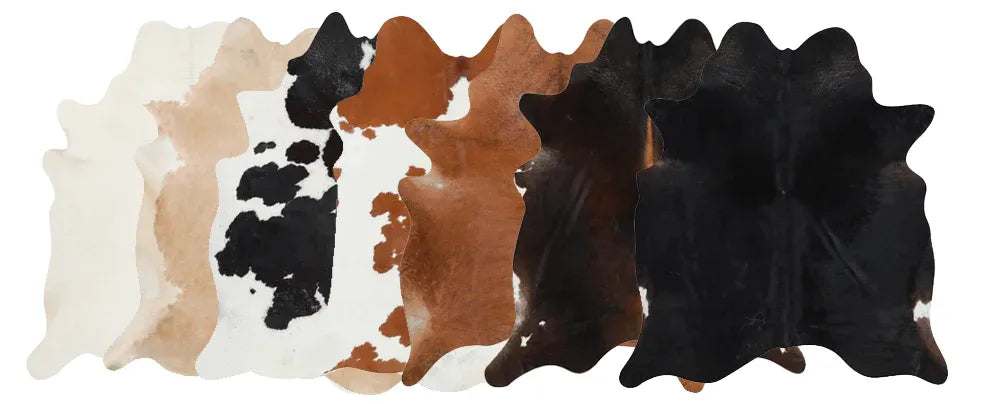


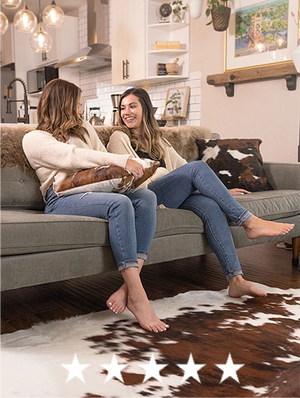
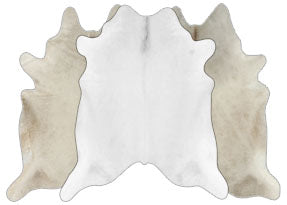
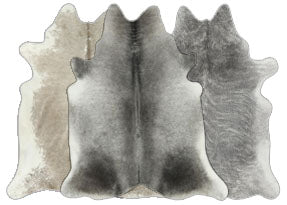
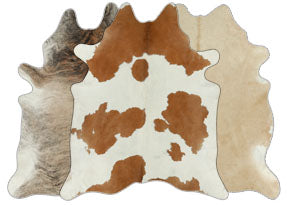
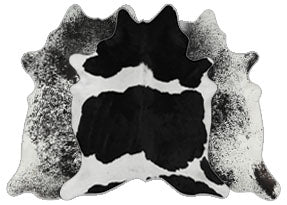
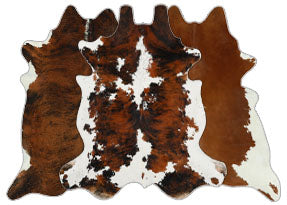
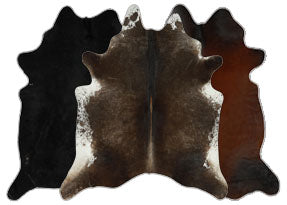
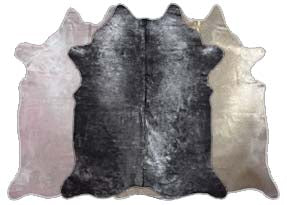



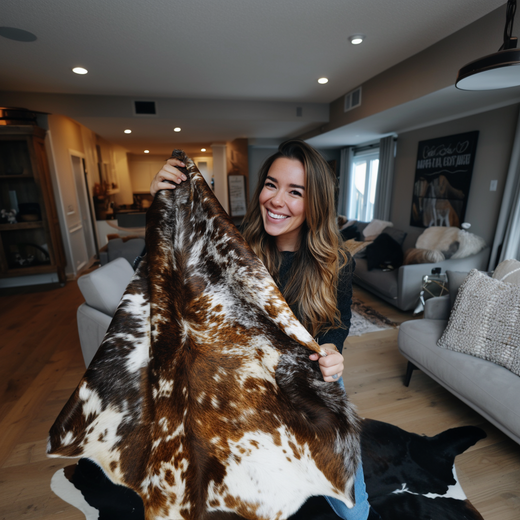
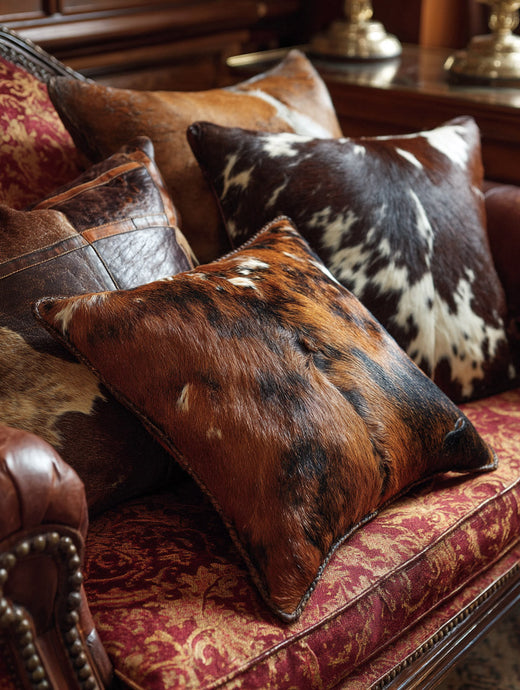
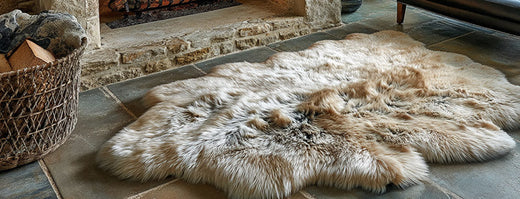
Leave a comment